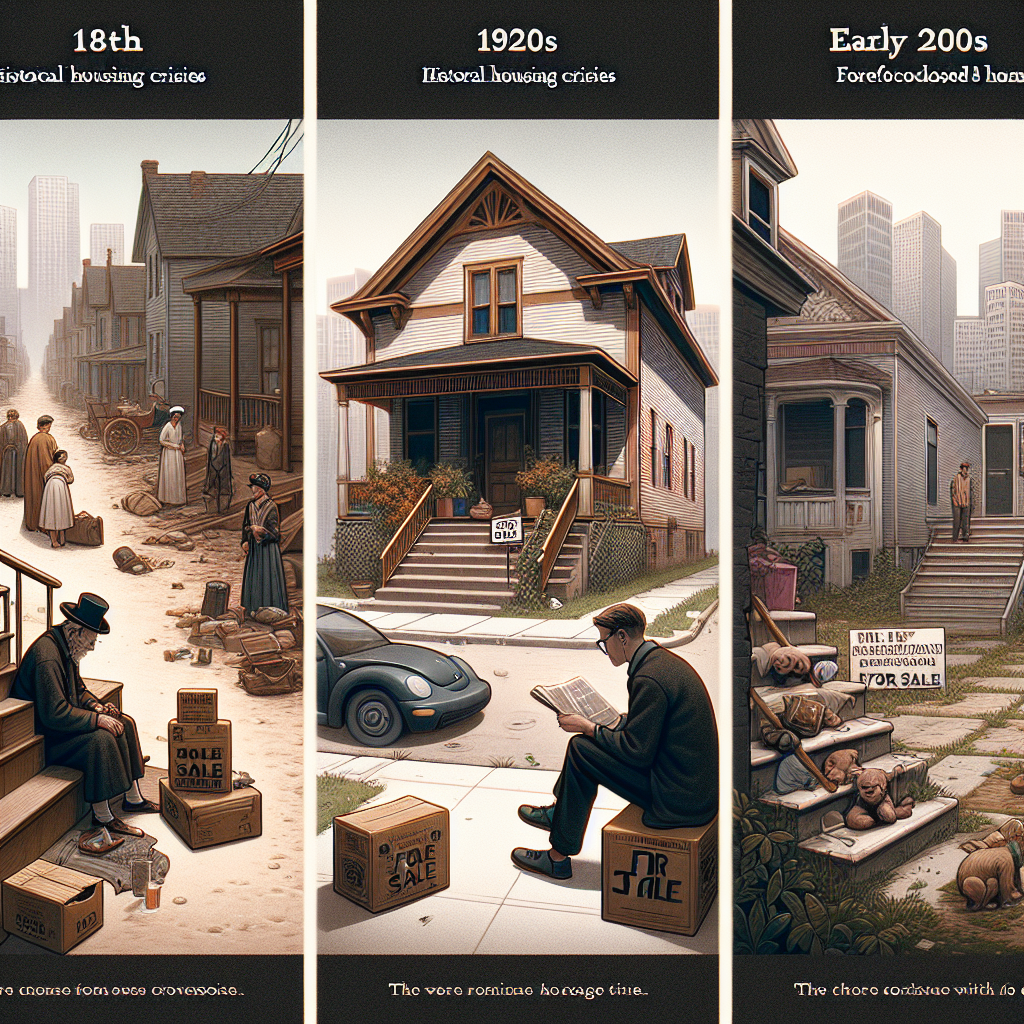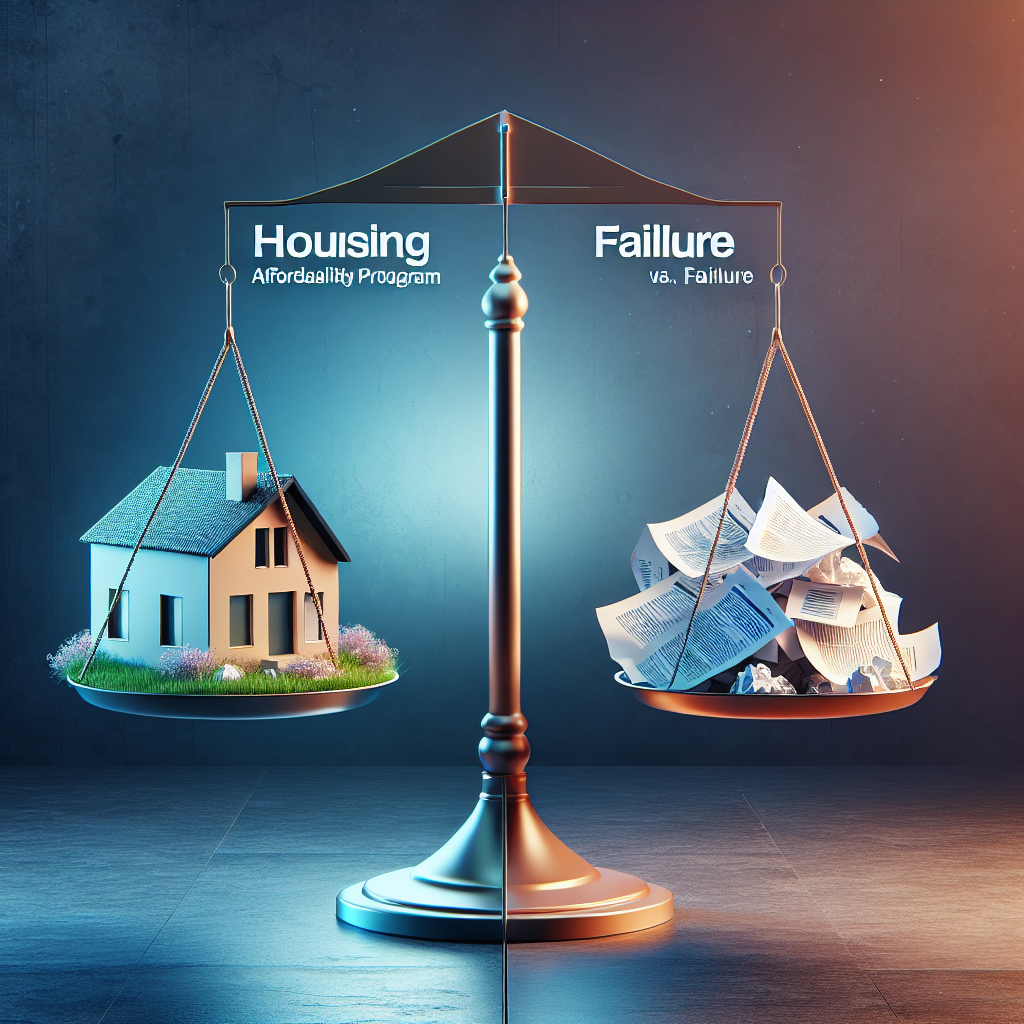With the dawn of a promising new policy in town – The Housing Affordability Program, I found myself standing at crossroads; one path leading to an avenue loaded with opportunities for those struggling to find affordable homes and the other depicting taxpayers’ money going down the drain.
In this comprehensive analysis – from dissecting the policy’s DNA to probing its big picture implications – let us navigate these crossroads together.
Policy Overview
Aimed at bringing affordable housing within reach of low-to-middle income residents, this recently unveiled policy aims at providing subsidies for developers who build cost-effective houses. It also assists eligible homeowners with interest-free loans. Despite being just another piece fitted into our complex societal puzzle, it is bound to have tangible impacts on many lives.

Historical Context
Housing crises are not uncommon in our city’s history. In fact, they’re as old as urbanization itself. However it seems that we never manage to break free from their recurrence cycle despite decades-old efforts. This latest push aims to finally change that narrative – but will it?
Stakeholder Perspectives
‘Gimmicky or ground-breaking?’ Questions like these pervade conversations about this contentious mega-project. While beneficiaries welcome it with open arms claiming that ‘it’s long overdue’, skeptics express concerns about untenable promises and possible financial mismanagement. Even economists remain divided over whether such a scheme can truly catalyze inclusive growth.
Economic Impact
Although the policy potentially promises economic boom via job creation and construction industry stimulation, it might simultaneously pressurize the fiscal budget. A delicate balance must be maintained between ensuring availability of affordable houses and managing national finances effectively.

Social Consequences
Beyond economics, this policy also holds immense societal implications. It could foster cohesive communities by combating income disparities or on the flip side, inadvertently create ghettos if poorly implemented.
Implementation Challenges
While the policy looks promising on paper, its execution presents a completely different ballgame marked with challenges such as corruption risks, skills shortage in construction industry and inconsistent quality controls. If not anticipated and mitigated efficiently, these issues may take us leaps backwards rather than steps forwards.
Success Metrics
The program’s success hinges not solely upon quantity (number of affordable homes built), but more crucially upon quality – in terms of durability of constructed homes & inclusivity of access to them.
Alternative Approaches
Possible alternatives include direct public housing or rent subsidies instead of incentivizing private developers. Another hot topic is ‘the tiny house movement’ – compact living spaces that seem to perfectly fit our pressing need for space efficiency.
Future Projections
If executed effectively, we may finally witness resolution to our perennial housing woes. If not; we may encounter yet another chapter in the long series of failed attempts that have betrayed citizens’ hopes before.
Recommendations
In evaluating policies like this one, let’s remember that rhetoric doesn’t pay rents nor build homes; responsible action does. Therefore, it’s crucial to ensure transparency and accountability at every step of this policy’s implementation.
We must remain vigilant observers as this story unfolds. The promise of safe, affordable homes for all may or may not be fulfilled but the journey towards that goal – encompassing potential triumphs & failures – will remain an indispensable chapter in our city’s evolving narrative.

